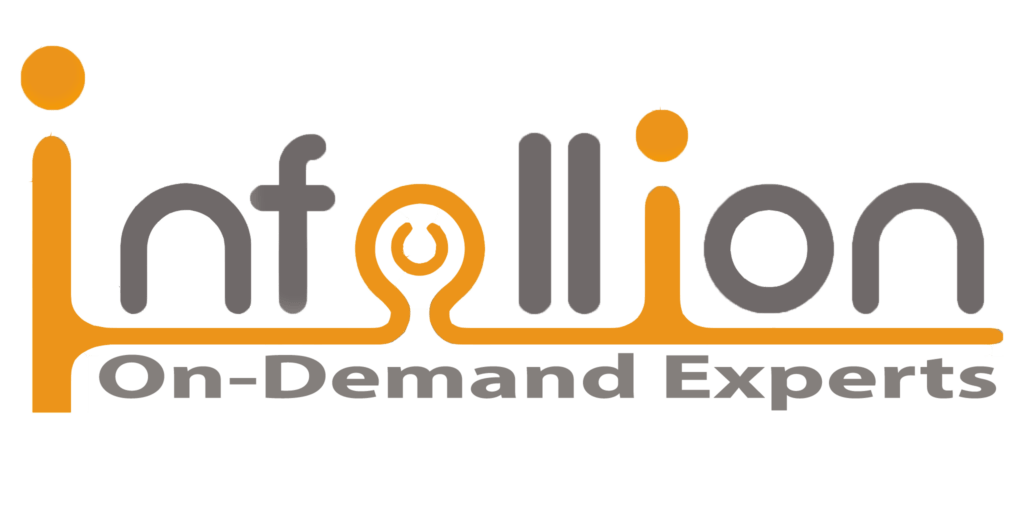Program Overview
This one-day intensive program, led by a seasoned industry expert with 25+ years of experience, equips participants with a deep understanding of ISO 14155 and its application in clinical investigations of medical devices. Blending conceptual knowledge, situational awareness, and real-world case studies, the program focuses on planning, conducting, monitoring, and reporting clinical investigations while ensuring patient safety, data integrity, and regulatory compliance. Through interactive simulations and practical exercises, participants gain actionable skills to design and manage compliant investigations and address real-world regulatory and operational challenges effectively.
Features
- Understand the key requirements and structure of ISO 14155 for medical device clinical investigations
- Gain situational awareness of ethical, regulatory, and operational nuances in global investigations
- Apply learnings from real-world case studies to avoid compliance pitfalls
- Develop practical strategies through simulations for planning, monitoring, and reporting investigations
Target audiences
- Regulatory Affairs Teams
- Clinical Research Professionals
- Quality & Compliance Teams
- Medical Affairs Specialists
- R&D Professionals
- Device Development Teams
Curriculum
- 6 Sections
- 26 Lessons
- 1 Day
Expand all sectionsCollapse all sections
- Foundations of Clinical Investigation & ISO 14155 Framework4
- 1.1Clinical investigation, sponsor responsibilities, Good Clinical Practice (GCP), Declaration of Helsinki, ISO 14155 scope.
- 1.2Patient safety first, Ethical compliance, Evidence generation
- 1.3Case Based Learning: Inadequate clinical design led to device market rejection
- 1.4Exercise: Identify key stakeholders and their responsibilities in a sample study design
- Clinical Investigation Planning & Design5
- 2.1Clinical Investigation Plan (CIP), protocol development, device classification impact, endpoints selection, risk-benefit analysis.
- 2.2Nuances: Feasibility studies vs pivotal trials, pilot vs confirmatory studies
- 2.3Essential requirements, Scientific validity, Risk-based approach
- 2.4Example: Comparison of study designs between EU MDR and FDA IDE submissions
- 2.5Draft a mock outline of a CIP for a new Class II device
- Conducting the Clinical Investigation5
- 3.1Subject protection, informed consent, monitoring, data integrity, adverse event reporting, documentation
- 3.2Nuances: CRO involvement, site selection, investigator responsibilities
- 3.3Data integrity, Vigilance, Case Report Forms (CRFs)
- 3.4Case based Learning: Clinical trial halted due to inadequate adverse event reporting
- 3.5Exercise: Review a mock adverse event log and decide escalation actions
- Managing Quality, Compliance & Ethics4
- 4.1Focus: Risk management, monitoring, auditing, deviations handling, ethical oversight (EC/IRB role)
- 4.2Audit trail, Protocol deviation, Data credibility
- 4.3Case based learning: Ethics committee rejection due to insufficient risk-benefit justification
- 4.4Exercise: Analyze a protocol deviation scenario and propose corrective actions
- Reporting, Documentation & Post-Investigation Activities4
- 5.1Clinical Investigation Report (CIR), publication standards, regulatory submissions, post-market clinical follow-up (PMCF).
- 5.2Transparency, Traceability, Regulatory readiness
- 5.3Case based learning: Delayed market approval due to incomplete CIR
- 5.4Draft a summary of a mock clinical investigation report for submission
- Interactive Case Study4






